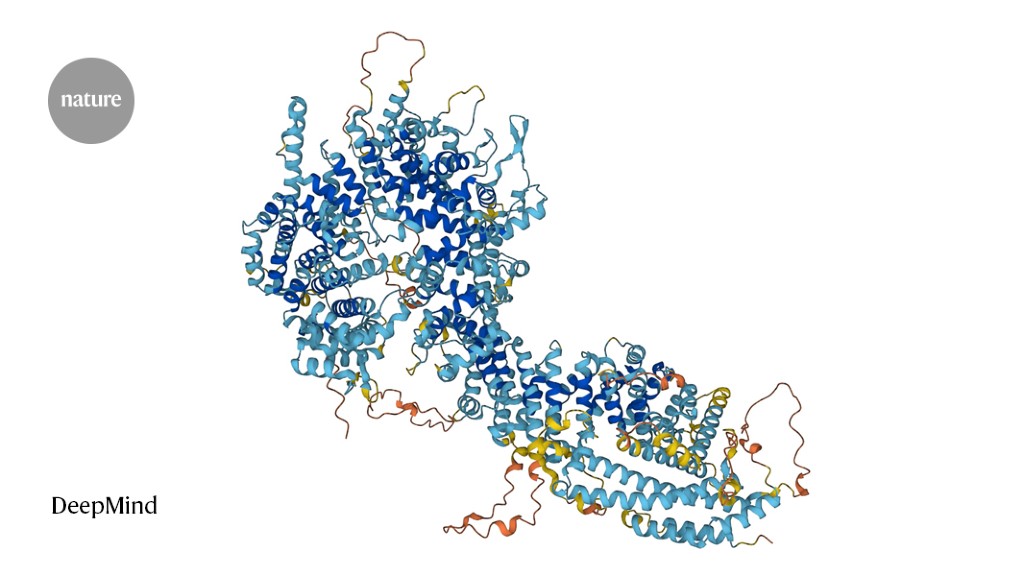### Summary
The use of artificial intelligence (AI) in scientific discovery has immense potential, allowing for advancements in drug synthesis, material design, weather forecasting, and nuclear reactor operation. AI's ability to autonomously generate knowledge and formulate hypotheses presents exciting long-term possibilities. However, challenges such as standardization, multimodal data integration, transparency of AI models, and responsible use must be addressed.
### Facts
- AI is revolutionizing scientific discovery beyond medicine, enabling faster and more accurate predictions of molecular interactions, protein folding, and nuclear reactor operation.
- The combination of AI and human expertise is impacting everyday life, such as synthesizing novel drugs, designing robust materials, and providing real-time feedback for weather forecasting.
- The future holds the potential for AI to autonomously acquire knowledge and generate hypotheses by analyzing vast amounts of scientific literature and data.
- Challenges in implementing AI include complex software and hardware engineering, the need for standardized data and models, the black-box nature of many AI models, and the misapplication and misuse of AI.
- Solutions to these challenges require interdisciplinary collaboration, involving AI specialists, engineers, government entities, corporations, and educational institutions.
AI-assisted drug discovery has led to the discovery of a new antibiotic called halicin, which has the potential to kill antibiotic-resistant bacteria, marking a significant breakthrough in addressing the public health issue of superbugs; the use of AI has expedited the drug discovery process by analyzing vast amounts of medical data and predicting the properties of molecules.
AI is revolutionizing scientific research by accelerating drug discovery, predicting protein structures, improving weather forecasting, controlling nuclear fusion, automating laboratory work, and enhancing data analysis, allowing scientists to explore new frontiers and increase research productivity.
Researchers have used artificial intelligence to diagnose and predict the risk of developing various diseases, including Parkinson's disease and heart failure, by analyzing images of a person's retinas, achieving better results than previous AI models; meanwhile, a "Pandora's box" of new protein shapes has been discovered through the analysis of over 200 million predicted protein structures.
Professor Brad Pentelute and the Pentelute Lab at MIT are using a combination of chemistry, biology, and engineering to develop new techniques and platforms that have the potential to revolutionize therapeutics, including using nature-inspired research to solve protein delivery problems and building an automated protein printing machine. They are also using machine learning and automation to discover new peptides and proteins that can be used in cancer treatment and other applications, with the goal of rapidly designing molecules with new functions and advancing the field of AI-driven molecule design.
The use of generative AI, combined with federated and active learning, can accelerate the development of protein drugs by improving predictions of drug properties and enabling collaboration among biopharmaceutical companies while protecting their competitive interests.
A new study finds that intrinsically disordered proteins can induce specific structures in each other when they interact, using Google's AlphaFold AI software to determine the structure.
Google's new AI tool, called AlphaMissense, can predict the potential harm caused by genetic mutations with 89% accuracy, offering potential benefits for rare disease research and the identification of new disease-causing genes.
Chemists used machine learning and molecular modeling to discover potential drugs that inhibit an enzyme responsible for uncontrolled cell division, which could be a promising target for cancer treatment.
The OpenFold group, a non-profit AI research consortium, has funded new large-scale protein studies at Prof. Gabriel Rocklin's laboratory at Northwestern University to improve protein stability predictions using open-source software tools.
Researchers have successfully used artificial intelligence (AI) tools, such as AlphaFold, to map the structure of a protein from the Langya henipavirus, a virus related to some deadly pathogens, allowing them to develop a prototype vaccine and highlighting the potential of AI in preparing for future pandemics.
Artificial intelligence (AI) is being used to design synthetic proteins, greatly speeding up the process of drug development and protein design in scientific research.
Scientists are using AI to design synthetic proteins in order to speed up the scientific discovery process.
